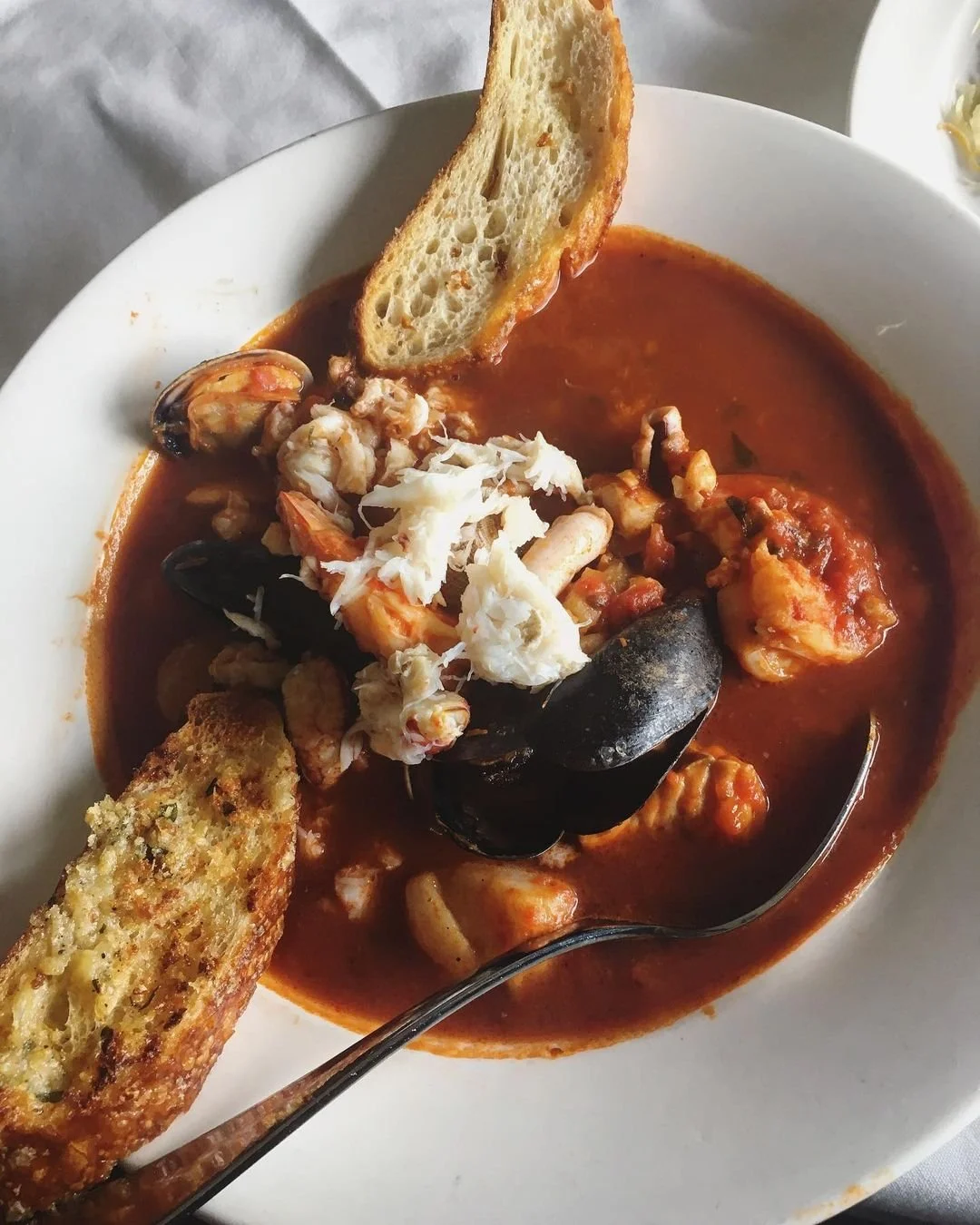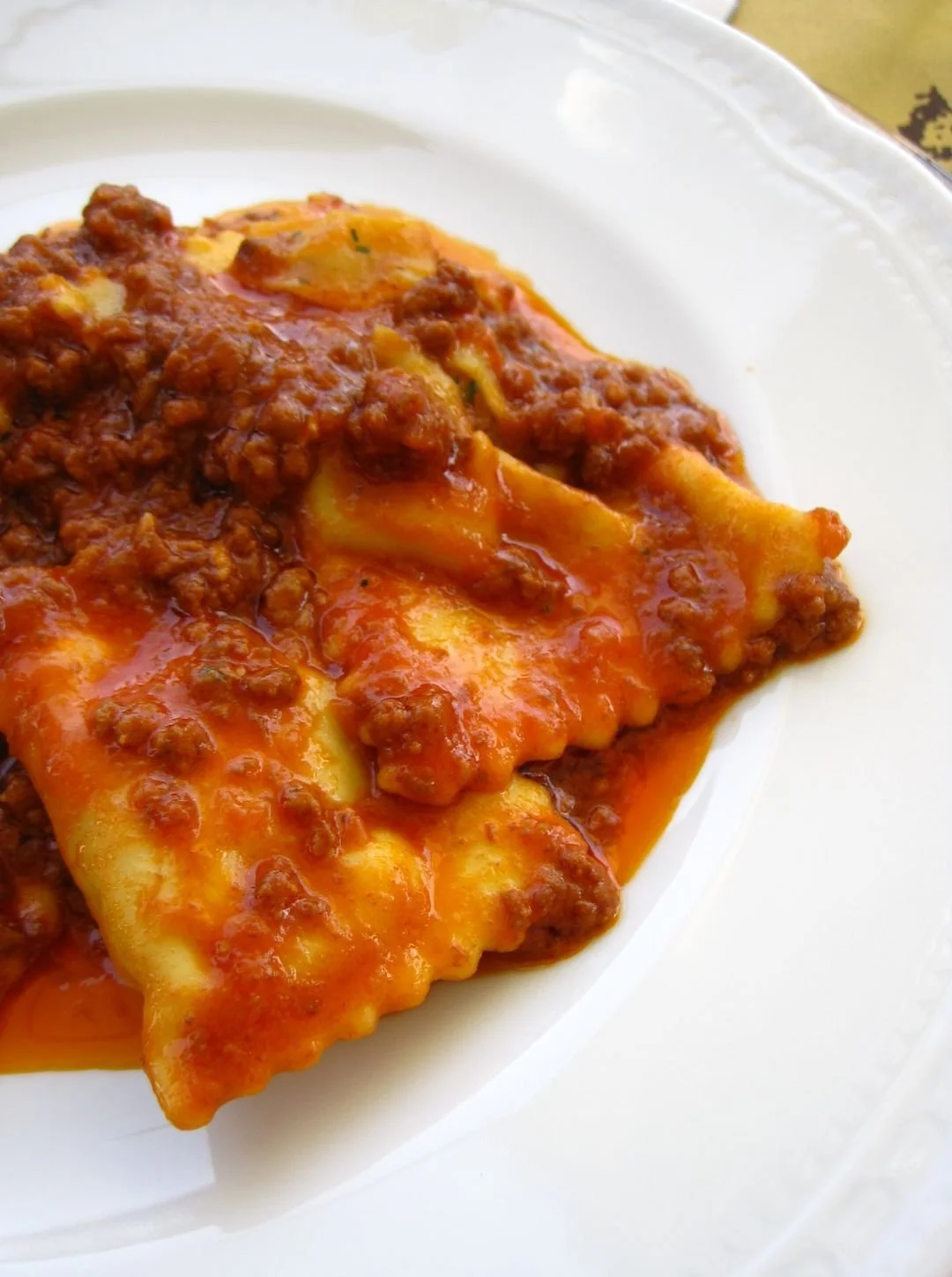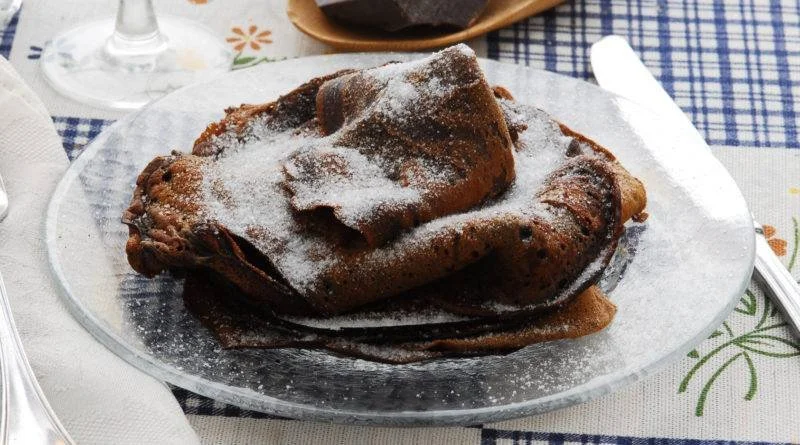The rolling hills of Tuscany. Photo: Monica Valdares
Tuscany doesn’t really lend itself to a flyby visit. I would argue that very few Italian regions do. Often travelers will drop by Il Bel Paese and do the greatest hits - Rome, Florence and Venice, which is great if you’re a first time visitor who’s short on time, but if you have a few more days to spare, I definitely recommend making Florence your base for exploring a few other spots in Tuscany.
As Italy’s largest region, Tuscany is incredibly rich and diverse with many gorgeous cities, incredible art museums and churches and delicious delights just waiting to be savored! And unlike a lot of Italy’s regions, it’s quite easy to explore whether you’re traveling by public transport or have your own set of wheels.
For this blog post, I’ve chosen three of my favorite Tuscan cities that are perfect for a weekend away - Livorno, Arezzo and Pistoia. Each different from the last, these cities are so pretty, you might find yourself wishing you’d stayed longer than two days!
Looking to explore Tuscany with an expert guide? Let us uncover the region’s top wineries, scenic villages, gourmet stops by serving as your personal treasure chest of knowledge. Check out our Culinary Wine Adventures in Tuscany
Livorno
Tuscany's third-largest city is a quintessential port town with a colorful history and cosmopolitan heritage. Declared a free port in the 17th century, Livorno (Leghorn in English) attracted traders from across the globe, who brought with them new customs and habits, exotic goods, slaves and foreign forms of worship. The result was a city famed throughout Europe for its multiculturalism.
In the 1700s and 1800s, Livorno was an important stop on the Grand Tour and a popular summer destination for the Italian high society. In fact, the city was home to some of Italy's first seaside resorts, which were regularly frequented by Italian royals, and had tourism facilities including hotels and spas.
Today it is still incredibly popular for its beaches. If you can squeeze in a dip on your weekend trip, I recommend Cala del Leone - a small beach in the rocks located to the south of Livorno in Tuscany. The place is picturesque, and the water is perfectly clear.
Back in the city, I can’t resist a passeggiata (stroll) down the neoclassical Terrazza Mascagni. Dubbed the “window to the sea”, this grand checkerboard promenade, obliterated in World War II, was precisely rebuilt to its original specifications in the late 1990s.
I also recommend making a beeline for Fortezza Vecchia. This Medician-era fortress, constructed on the same spot as a previous Roman fortification, offers panoramas over the city and the harbor, and the hazy outline of Isola di Gorgona on the horizon.
And when it comes to culture, you can beat the Museo Civico Giovanni Fattori, which celebrates the Macchiaioli - a group of Livornese painters who experimented with elements of impressionism several years before the French school conquered the world.
A little under a two hour train ride from Florence, Livorno is chaotic and lively and with WAY less tourists than any other city in Tuscany, it’s a great spot for some authentic eats and experiences.
Cacciucco, the quintessential fish stew native to the western coastal towns of Tuscany and Liguria. Photo: Coral Sisk.
Where to eat and drink in Livorno
When I think of Livorno, I think of cacciucco - a tomato/wine based soup that is traditionally supposed to contain 13 types of fish. Like a lot of Italian recipes this is a case of making the most of leftovers with the fishermen keeping the smallest and least appealing catches for themselves and their families, but I did read a far cuter legend. In it, the Florentine republic bars olive oil, so a lighthouse keeper decides to make a stew instead of his preferred olive oil seafood fry-up - and thus invents the cacciucco!
Seafood is everything in Livorno. You’ll often see sea urchin stands along the harbor with locals serving the spiky sea creatures cut in half, to be consumed raw with a drop of lemon juice. Baccalà alla Livornese is another traditional Livornese seafood dish where dried, salted cod is sautéed and smothered in a tomato, onion, garlic and parsley sauce.
But Livorno also stands out for its multicultural cuisine determined by centuries as a port city. Dishes like cuscussù alla livornese (Livornese couscous) reveal historical maritime relations with North Africa and Jewish Spain,
And for dessert? Head to the messy, noisy and colourful central food market to eat a frate (an orange-scented doughnut dipped in sugar).
My top restaurants in Livorno:
L'Angelo d'Oro (Piazza Giuseppe Mazzini, 15): Families gather here on a Sunday, filling up its dozen tables to enjoy a plate of delicious but unassuming spaghetti all'orata (spaghetti with sea bream in a marinara sauce).
Osteria del Mare (Borgo dei Cappuccini, 5): A traditional fish restaurant known for its squid ink risotto - another Livornese classic.
Il Romito (Via del Littorale, 274, ilromito.it): Everyone comes for the cacciucco and stays for the seafood, which is also good.
And once you’ve eaten your fill, retreat to Viale Italia and one of its hip bars for a refreshing spritz. Or if you’re feeling adventurous try ponce - a Livornese delicacy, this is coffee with a dash of rum. You can try it at Bar Civili (Via del Vigna, 55), which has been serving the drink since 1890.
Flags abound in Arezzo. Photo: wolfgang1660.
Arezzo
Take one look at Arezzo and you might recognise it from Academy Award-winning film Life is Beautiful by Roberto Benigni (1997).
The stunning Piazza Grande is the set of several scenes in the movie, including the iconic family bicycle ride through the square. Nearby, the Logge Vasari, built by the celebrated Tuscan architect, Giorgio Vasari, also appears in the film. As does the gorgeous Cattedrale dei Santi Donato e Pietro, where romance blossoms during a thunderstorm, as the film’s protagonist Guido rolled out a red carpet for his principessa.
But Arezzo isn’t just known for its Oscar-winning appearance, the city was a major town in the Etruscan federation, thanks to its strategic position on a hill at the meeting point of three valleys.
Today, it’s one of Tuscany’s wealthiest cities, as witnessed by the proliferation of jewelers, goldsmiths and antique shops, and its also the birthplace of artists and poets such as Guido of Arezzo and Guittone d'Arezzo, as well as the aforementioned Vasari.
Hometown hero, Piero della Francesca, was one of the early Old Masters, a mathematician and pioneer in painting techniques like perspective, foreshortening, and three-dimensional modeling of his figures. You can see his masterpiece The Legend of the True Cross in the Basilica di San Francesco.
At just under an hour from Florence, Arezzo is the perfect day trip with everything worth seeing neatly contained in its Old City. It’s also a great place to do some shopping as Arezzo is home to some of Tuscany’s best artisans and local fashionistas, all located along Via Cavour.
The weekly street market is held on Saturday mornings in Viale Giotto, in the newer part of town. The stalls brim with fresh produce, cheese, housewares, clothing items, and shoes; there’s always something to capture your eye (and wallet).
And finally, if you can’t kick the film bug, be sure to head to Teatro Petrarca, to catch a show.
Tortelli di patate. Photo: Coral Sisk.
Where to eat and drink in Arezzo
Like most of Tuscany, the food in Arezzo tends to be hearty and rather meat-heavy. In fact, the famed Fiorentina steak is made with Chianina beef, so-named for the Val di Chiana valley that Arezzo is part of. Menus include truffles and mushrooms and game meat, but I definitely recommend Casentino’s tortelli di patate (potato-stuffed ravioli), the thick strands of bringoli pasta with rich duck sauce, and the boozy gatto’ aretino cake steeped with alchermes liqueur.
My top restaurants in Arezzo:
Ristorante Antica Fonte (Via Porta Buia): Where the homemade pasta and fragrant stews and roasts are Tuscan through-and-through.
Osteria Grande (piazza Grande 26) : The Michelin rated restaurant overlooking the magnificent Piazza Grande. Here, the kitchen serves seasonal, contemporary-style dishes such as pigeon breast, leg and fillet served with sweet onion and cocoa nibs. osteriagrande.it/en
Gastronomia Il Cervo (Via Camillo Benso Conte di Cavour, 38/40): A bustling local deli and restaurant serving up traditional Tuscan cuisine. Start with antipasto like beef carpaccio followed by hearty dishes like homemade tagliatelle with wild boar.
And to drink?
Arezzo sits at the edge of the Chianti zone, so try the Chianti Colli Aretini. I also recommend the Valdichiana Bianco or Bianco Vergine, which locals insist was exported to France in the early 1900s as inspiration for champagne. True or not, it’s worth trying the sparkling if only to see how it stacks up against France’s famous frizzante.
There are many wine bars around Arezzo, from simple to upscale, but my top tip is to hit one of the wineries outside town to sample right at the source. I recommend the close-by Tenuta San Fabiano (Via di S. Fabiano, 33, tenutesanfabiano.it), just outside the city.
Picturesque Pistoia. Photo: makalu.
Pistoia
Few Tuscan cities can claim to have hosted performance by B.B. King, Bob Dylan and David Bowie, but Pistoia can! The city has been home to Pistoia Blues, an international music festival that have been drawing the crowds since 1980. It also happens to have been the well-deserved recipient of Italy’s Capital of Culture in 2017, in part thanks to said to the aforementioned Blues festival.
Aside from the musical chops, pretty Pistoia is often dubbed `Florence in miniature’ for its vivid cultural life, quiet confidence and its concentration of art and architecture. In the past, poets and writers have heralded the charm of what they’ve renamed the ‘city of enchanted stone’ and the ‘city of wide streets and beautiful churches’, celebrating Pistoia for its cathedral piazza, the famous Piazza del Duomo, crowned by the Cattedrale di San Zeno with its beautiful Pisan-Romanesque facade that safeguards a lunette of the Madonna and Child between two angels by Andrea della Robbia.
While Piazza del Duomo can be considered the artistic and historical center of the city, Piazza della Sala is the place to be seen. In the morning, the square is filled with the voices and noises of those who go to the centuries-old market to shop, while in the afternoon the atmosphere is pleasant and quiet. In the evening, the square comes alive with hundreds of people flocking to its bars to have an aperitivo or to meet their friends!
And because I’m a sucker for all things weird and wonderful, I can’t go past Pistoia Sotterranea - a 2000-feet(650 meter)-long pathway that winds under the city of Pistoia and is the longest underground path in Tuscany.
At less than an hour from Florence, Pistoia is a seductive city with deeply historic roots and an incredibly vibrant nightlife.
Migliaccio Pistoiese. Only for the brave hearted? Photo: Elisa Scarton
Where to eat and drink in Pistoia
The Italians have a thing about chocolate and blood. They love combining the two and they usually come together in sweet dishes. All over Tuscany, you'll find examples of chocolate blood pie known colloquially as 'migliacci'. The most famous is actually the Migliaccio Pistoiese, a thin almost pancake-like cake made from pork blood traditionally prepared in winter during the slaughtering of pigs. The cake is flavoured with mixed spice, sugar and lemon zest and is still available in small country bakeries.
But fear not, it’s not all blood and chocolate. Pistoia is a foodie hotspot and upholds some of the best Slow Food traditions in Tuscany. Maccheroni sull’Anatra is its signature dish with a rich duck sauce that you’ll be talking about for weeks! The wild boar roaming the Tuscan hills first found favour with the Etruscans and still features on local menus in the city. While il carcerato (translated to the prisoner) is a soup prepared with stale bread, veal offal and grated cheese.
Pistoia is also practised at seasonal vegetable dishes and the so-called `cucina povera,’ peasant cuisine. Pappa col pomodoro is one such dish, made with bread and tomatoes, and served cold in summer.
My top restaurants in Pistoia:
Trattoria da Marino (via Provinciale Lucchese 102, località Ponte di Serravalle, Serravalle Pistoiese): Located 20 mins outside the city, this simple yet successful trattoria serves traditional Tuscan cuisine that’s so good, it made the Michelin guide.
La BotteGaia (Via del Lastrone 17, labottegaia.it) - This upmarket yet informal Slow Food inn serves seasonal Tuscan cooking matched by a tempting wine list. The chicken liver crostini are very good!
La Bettola (Via Porta S. Marco, 69): A no-frills trattoria in Pistoia that serves up some of the most traditional and delicious Tuscan cuisine in town.
Where to drink:
La Degna Tana (Piazza della Sala, 1, ladegnatana.it): A buzzing beer hall loved by locals and tourists alike.













